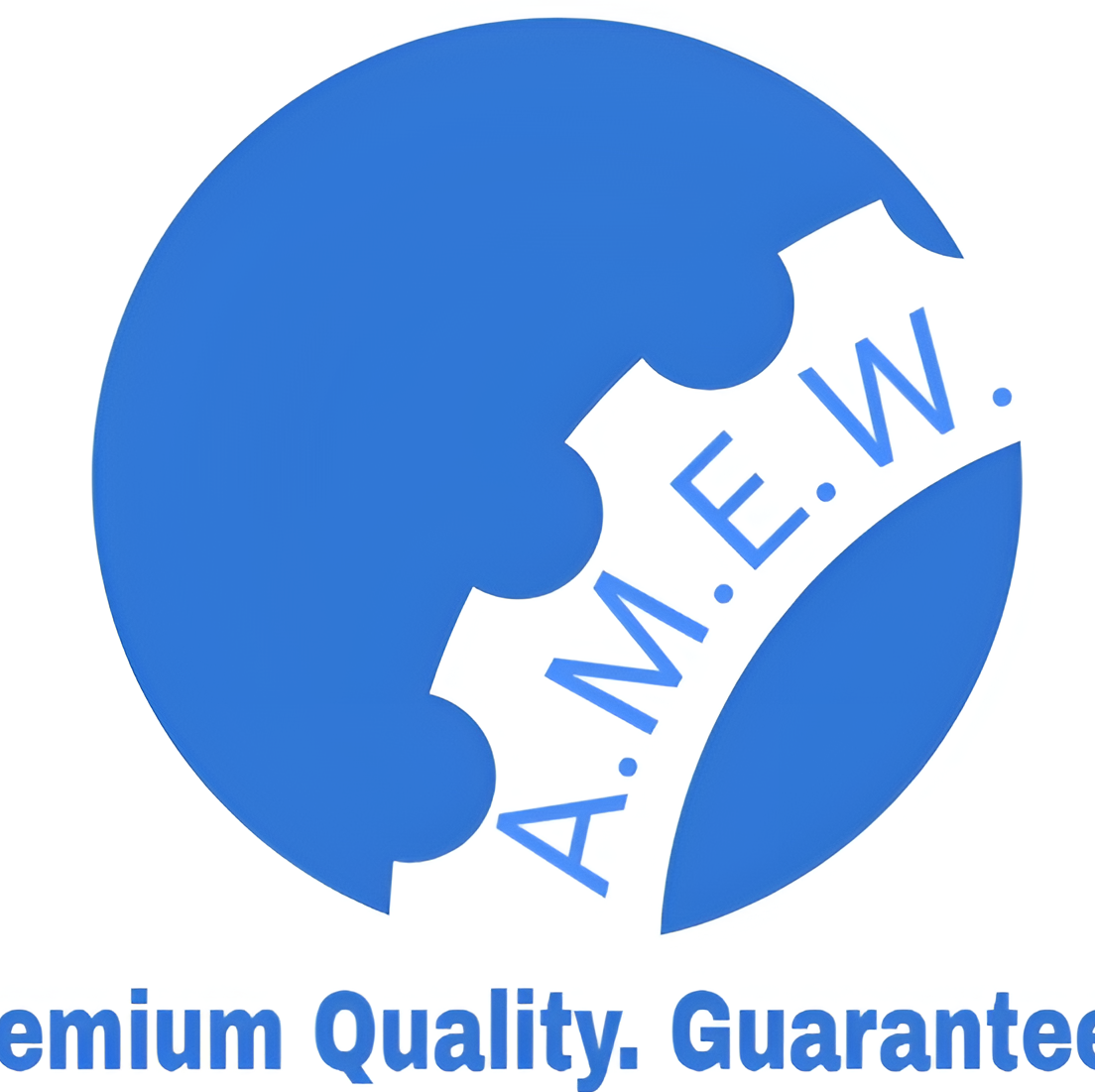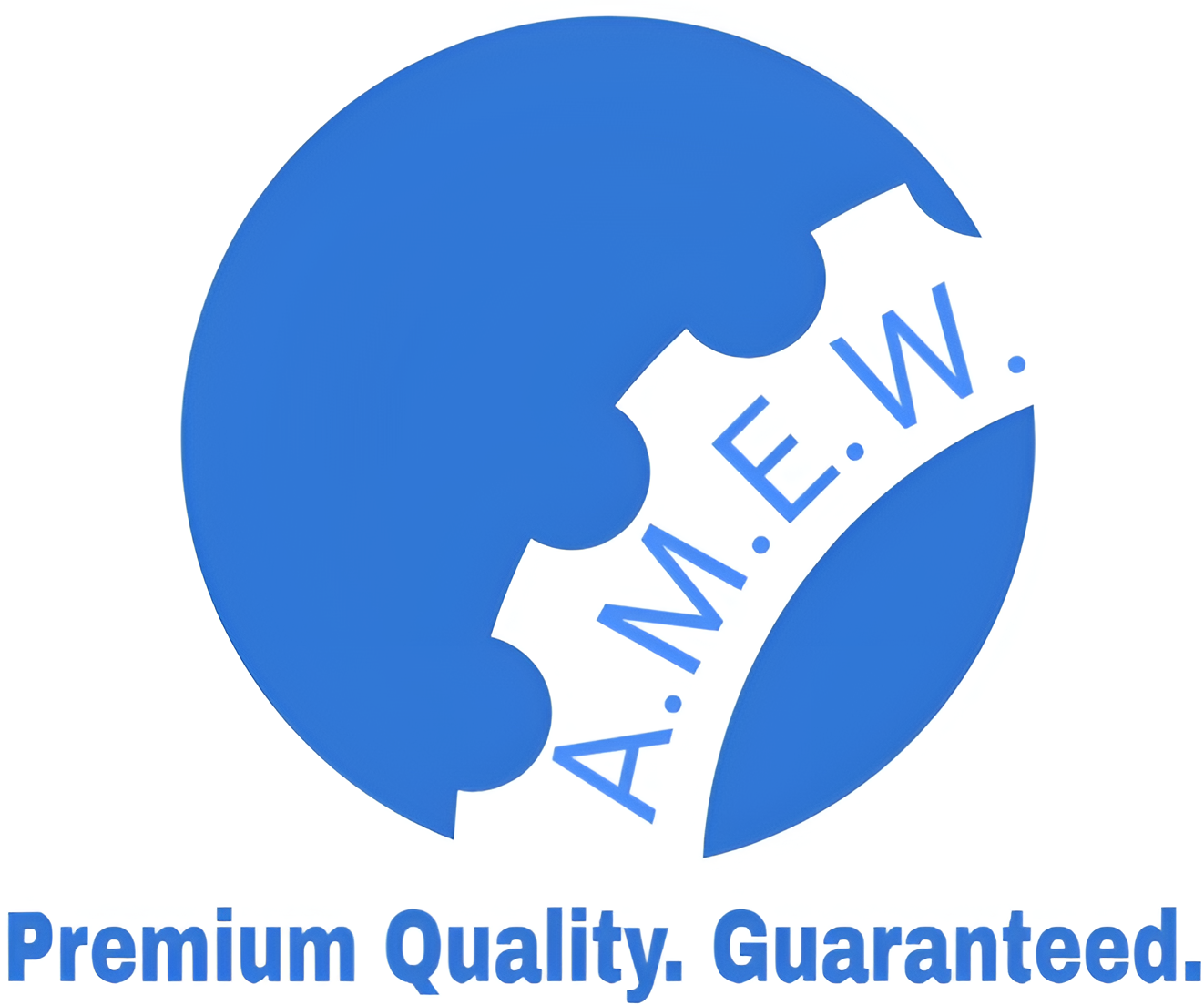Steel Sheave Wheels: Why They Matter on Every Job Site
Steel sheave wheels might not be flashy, but they play a critical role in lifting, moving, and supporting heavy loads across countless job sites. Whether you’re overseeing a major construction project, troubleshooting machinery as a maintenance specialist, or specifying equipment for a new mechanical system, understanding sheave wheel selection and care is essential. This guide explores the ins and outs of steel sheave wheels to help you boost safety, efficiency, and lifespan in your operations.
What Are Steel Sheave Wheels?
A steel sheave wheel is a grooved pulley designed to guide, support, and change the direction of cables, ropes, or wire. You’ll find them at the heart of cranes, elevators, hoists, and even mining equipment. Made from robust steel, these wheels offer unmatched strength and durability, making them indispensable in tough environments.
Why Steel Matters
While sheave wheels can be made from various materials, steel is the go-to for heavy-duty performance. Its high tensile strength and resistance to wear make steel wheels perfect for demanding jobs where failure isn’t an option.
Why Steel Sheave Wheels Belong in Your Toolbox
Unmatched Durability
Steel stands up to extreme loads, shock, and friction. Unlike plastic or composite alternatives, steel wheels resist deformation under pressure, maintaining their shape and groove over time. This means less downtime, fewer replacements, and more reliable performance.
Superior Load Capacity
Construction and industrial applications often push equipment to their limits. Steel sheave wheels are engineered to support far greater weights without compromising safety. The result? You can trust them with your most critical lifts and load-bearing tasks.
Reliability in Tough Conditions
Mud, dust, moisture, chemicals, and temperature swings are no match for high-quality steel. Properly coated or treated, steel sheave wheels resist corrosion and maintain smooth operation even in the harshest environments.
Longer Service Life
Investing in steel boosts your ROI. With proper care, steel sheave wheels often outlast other types, slashing maintenance costs and keeping machines running.
Types of Steel Sheave Wheels (and Where to Use Them)
Sheave wheels come in several shapes and sizes, each tailored for specific cable types and applications. Here are the key types you’ll encounter:
Plain Groove Sheaves
Best for: General lifting and hoisting
The smooth, rounded groove suits most wire ropes and general loading tasks found in cranes, elevators, and hoists. Plain groove sheaves are a staple in construction and manufacturing.
V-Groove Sheaves
Best for: Transmission of power via V-belts
V-groove designs maximize friction and grip, making them the smart choice for applications like conveyor belt drives, agricultural machinery, and HVAC systems.
U-Groove Sheaves
Best for: Applications using round cables or rope
With a deeper, U-shaped groove, these sheaves enhance cable retention and reduce slip, making them ideal for material handling and rigging setups.
Custom and Specialty Sheaves
Steel can be machined or fabricated into a wide range of custom profiles, allowing for specialty designs in mining, heavy lifting, offshore rigs, or any place unique specs are needed.
Common Applications
- Cranes and Hoists: Lifting and rigging operations
- Elevators and Lifts: Smooth, safe vertical transport
- Mining Equipment: Reliable performance under punishing loads
- Marine and Offshore: Corrosion-resistant options for saltwater environments
- Industrial Automation: Supporting moving parts and conveyor systems
Maintenance and Safety Tips for Steel Sheave Wheel Longevity
Neglecting your sheave wheels doesn’t just lead to equipment failure; it can create serious safety risks. Here’s how to get the most from your steel sheave wheels:
Inspect Regularly
- Visual Checks: Look for cracks, excessive wear, pitting, or deformation
- Groove Wear: Ensure grooves aren’t worn down, which can reduce cable life or cause slippage
- Bearings and Bushings: Monitor for smooth rotation and listen for unusual noises
Lubrication Matters
- Apply lubricant according to the manufacturer’s recommendations to minimize friction and stave off corrosion.
- Use suitable lubricants for the load and environmental conditions.
Alignment and Load Checks
- Ensure wheels are properly aligned with cables to avoid side loading and uneven wear.
- Avoid exceeding rated load capacities to prevent catastrophic failure.
Replace Damaged Parts Immediately
- If you notice a sheave wheel with deep grooves, chips, or cracks, replace it at once.
- Always use the right hardware when replacing or installing sheave wheels.
Keep Records
Document inspections, maintenance routines, and replacements. A tracking system helps you spot patterns and prevent unexpected failures.
How to Choose the Right Steel Sheave Wheel
Selecting the right sheave wheel for your job involves more than picking the right size. Consider these critical factors:
1. Load Capacity
Always verify the wheel’s rated capacity against the expected loads—including dynamic forces. Overloading is a common cause of accidents.
2. Cable or Rope Type
Match groove design and dimensions to the specific cable, rope, or belt in use. Mismatches can cause premature wear or hazardous slippage.
3. Environmental Conditions
Are you working in corrosive environments? Opt for corrosion-resistant coatings (like galvanized or stainless steel options) to extend service life.
4. Rotation and Speed
High-speed applications place extra strain on sheaves. Check bearing specifications and ensure your wheel can handle the RPMs involved.
5. Installation Constraints
Assess available space, mounting options, and compatibility with your existing systems. Custom sheave fabrication can solve unique challenges.
Getting the Most from Your Sheave Wheels
Understanding and correctly applying steel sheave wheels can make a significant difference in job site performance and safety. By choosing the right type, maintaining it properly, and staying mindful of load and environmental challenges, your team can reduce downtime and prevent costly failures.
For more technical specifications, installation guides, or help with custom orders, consult trusted industrial equipment suppliers or reach out to a mechanical engineering partner with experience in your sector.
Further Reading and Resources
- Sheave Wheel Installation Guide – Download from [Industry Association]
- Wire Rope & Sheave Compatibility Chart – Available via [Standards Body]
- Custom Fabrication Services – Contact [Supplier Name] for tailored solutions
Meta data
Meta title
Steel Sheave Wheels for Construction & Industry
Meta description
Learn about steel sheave wheels, their benefits, types, maintenance tips, and selection advice for construction and industrial professionals.

